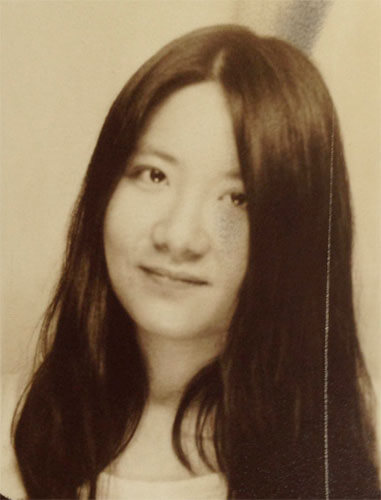Wenxin Zhang lives and works in San Francisco. She received her MFA at California College of the Arts.
Zhang creates non-linear photographic novels. In her writings and photography, she describes her experiences of growing up in China, her current life in San Francisco, and her personal relationships.
Zhang's work has exhibited widely in United States and China. Zhang was selected as a finalist in 2014 Three Shadows Photography Award, Leica Oskar Barnack Newcomer Award, and Photographic Museum of Humanity New Generation Award. Also, Zhang was selected as an artist in residence by Rayko Photo Center and The Center for Photography at Woodstock. Zhang's first monograph will be published in early 2015 by Jiazazhi Press.
Statement:
"Five Nights, Aquarium is a non-linear narration weaved by photographs and five short written works.
I try to reconstruct my inner journey from trips I’ve made between my home country China and San Francisco during these two years in a truthful way, but the overloaded feelings of estrangement and desolation created by the journey have transformed my memories into illusions of confinement. Due to this confinement, my journey story became a space-time, which resembles an aquarium. In this aquarium, cityscapes are fish tank decorations, people are fish, and writings are tank labels.
I chose five nights in the whole reconstructed journey story, using five semi-fictional short stories as clue, to portray the imaginary aquarium. The stories are cold yet intimate, sensual yet intangible. The narration of journey moves from real to imagined spaces, exploring the boundaries between autobiography and fiction."
